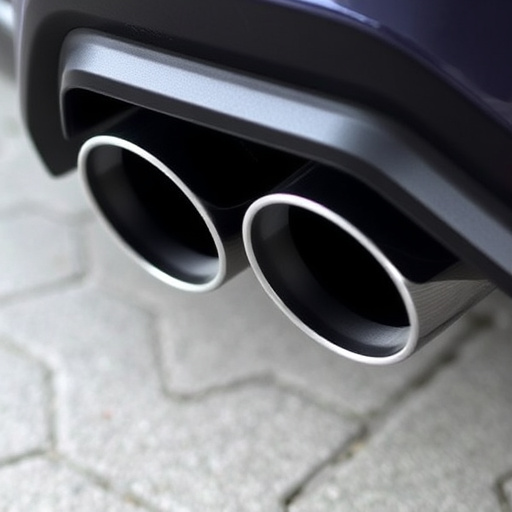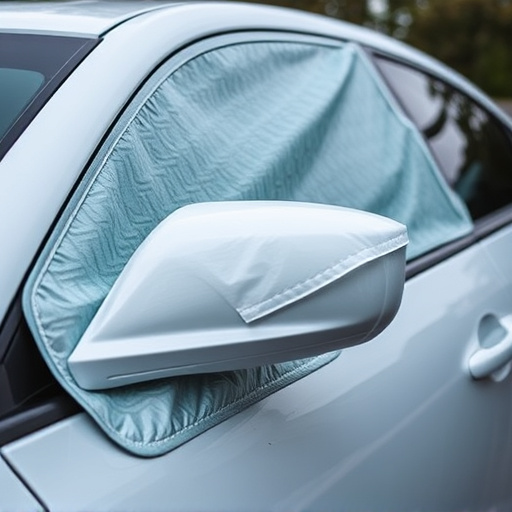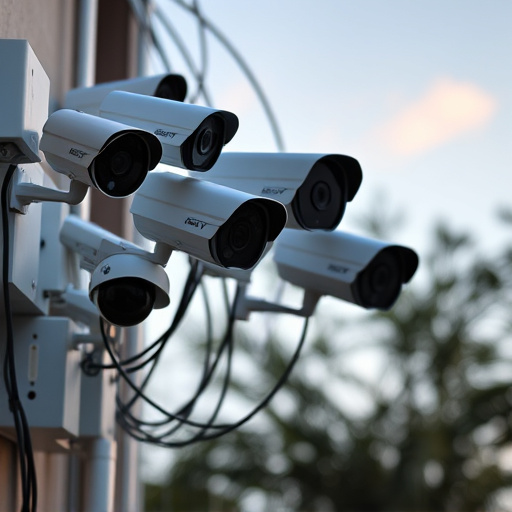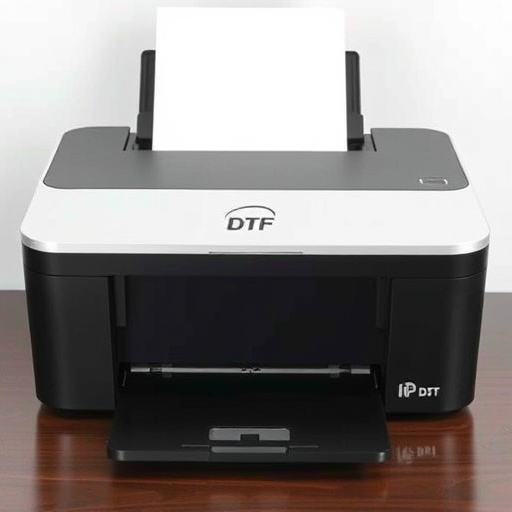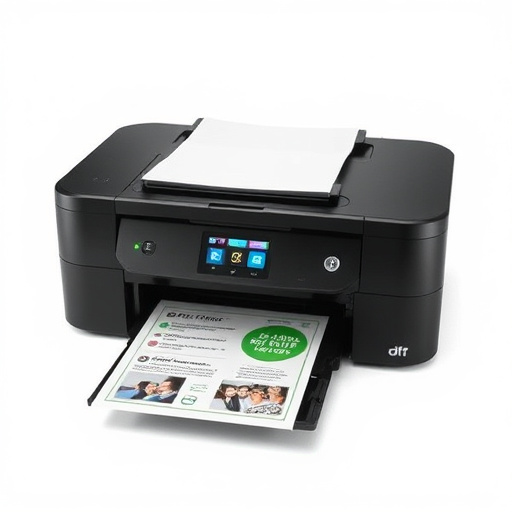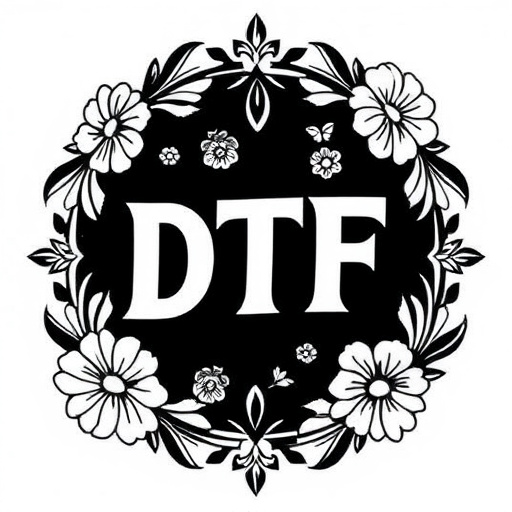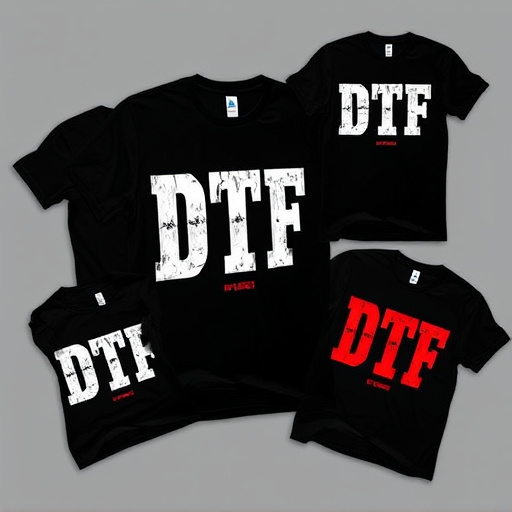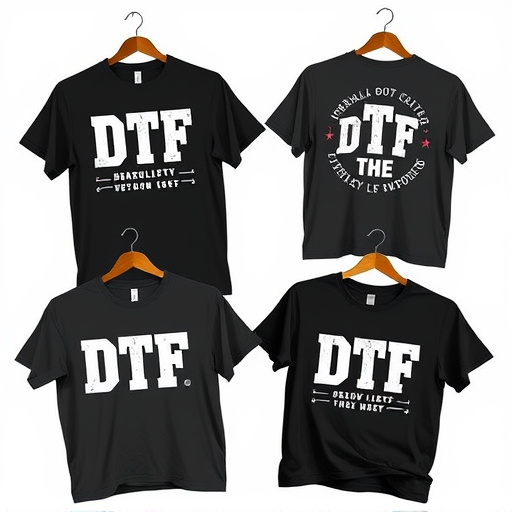Optimizing DTF Printer performance requires understanding its fundamentals for fabric graphics. Proper setup, including adhering to guidelines and using high-quality materials, ensures superior results. Regular calibration and maintenance, such as cleaning and part replacement, prevent buildup, prolong lifespan, and deliver professional-grade prints. Choosing the right DTF transfer film based on fabric types enhances ink absorption and transfer efficiency.
Setting up a DTF (Direct to Film) printer can be a game-changer for enhancing output efficiency. This comprehensive guide offers valuable tips to optimize your printing process, ensuring remarkable results every time. From grasping the fundamentals of DTF printer basics to mastering calibration and maintenance, you’ll learn how these steps directly impact print quality. Additionally, discover the secret to unlocking maximum efficiency through strategic material selection.
- Understanding DTF Printer Basics for Efficient Setup
- Calibration and Maintenance for Optimal Print Quality
- Material Selection: Key to Unlocking Maximum Efficiency
Understanding DTF Printer Basics for Efficient Setup
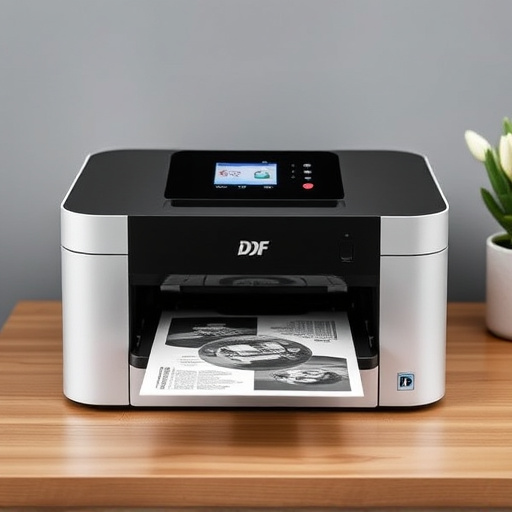
Understanding DTF Printer Basics is key to setting up your workspace efficiently and maximizing output. DTF (Direct to Fabric) printers are designed specifically for printing custom graphics on fabric, making them ideal for creating Custom graphic tees and other textile products. These printers use a direct application method, allowing ink to bond directly with the fabric surface for vibrant, long-lasting results.
When setting up your DTF printer, ensure you follow manufacturer guidelines carefully. This includes choosing suitable printing materials, preparing your workspace for mess-free operation, and calibrating the print head accurately. For DTF printing, using high-quality materials like premium fabric and ink designed specifically for DTF for t-shirts will yield superior outcomes. This ensures not only precise color reproduction but also prevents smudging or fading during the printing process.
Calibration and Maintenance for Optimal Print Quality
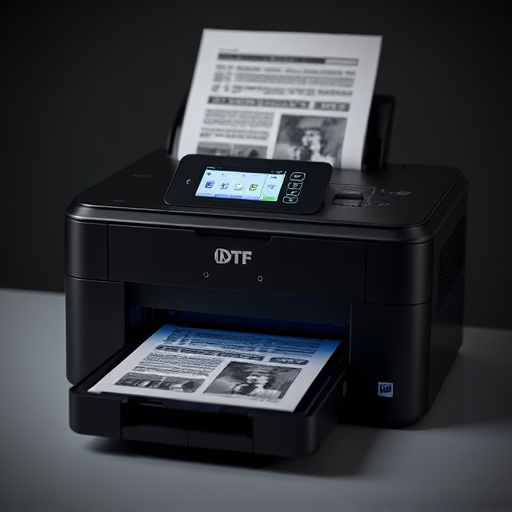
To achieve maximum efficiency with your DTF Printer, regular calibration and maintenance are non-negotiable. Calibration ensures that your printer’s settings align perfectly with the material’s properties, resulting in precise and consistent dtf prints. It involves adjusting factors like temperature, pressure, and time to account for any drift or changes in the printing surface or materials. Maintaining your DTF Printer includes keeping it clean, replacing worn-out parts, and checking for any signs of damage or misalignment. Regular cleaning prevents buildup of residual material, which can affect print quality and speed. Additionally, staying on top of maintenance helps to prolong the lifespan of your printer and ensures that each dtf transfer is as perfect as the last, from vibrant colors to crisp details.
Focusing on these aspects of care will not only enhance the longevity of your DTF Printer but also optimize its output efficiency. A well-maintained DTF Printer delivers high-quality dtf prints, whether for simple designs or intricate cold peel dtf transfers, ensuring that every project meets professional standards.
Material Selection: Key to Unlocking Maximum Efficiency
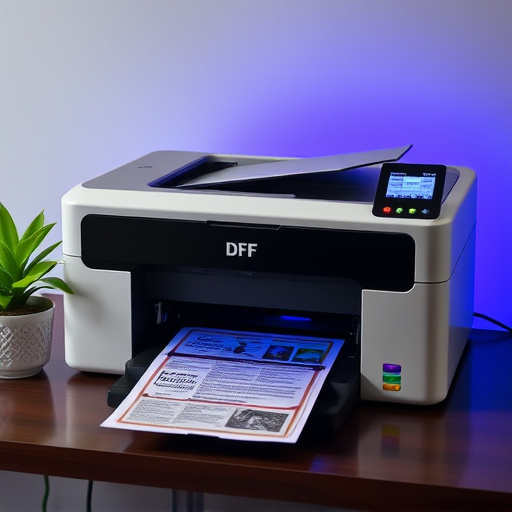
Choosing the right material is a fundamental aspect when optimizing DTF Printer performance and output quality. The selection of dtf transfer film or dtf heat transfer paper should align with your specific printing needs, as each has unique properties designed for different applications. For instance, materials meant for light fabrics offer enhanced gentleness and adherence, ensuring vibrant colors and crisp details on delicate materials without causing damage.
Understanding the fabric types you intend to print upon is crucial. Different materials have varying porosity levels, which directly impact ink absorption and transfer efficiency. By selecting a dtf printing solution tailored to your light fabric requirements, you can achieve superior results, from vivid designs to precise detail reproduction. This strategic material choice not only maximizes efficiency but also contributes to the overall longevity and durability of your printed items.
Setting up a DTF (Direct to Film) printer for maximum efficiency involves understanding its basics, maintaining optimal print quality through calibration, and selecting the right materials. By adhering to these tips, you’ll unlock the full potential of your DTF printer, ensuring consistent high-quality outputs that meet your professional or creative needs.




